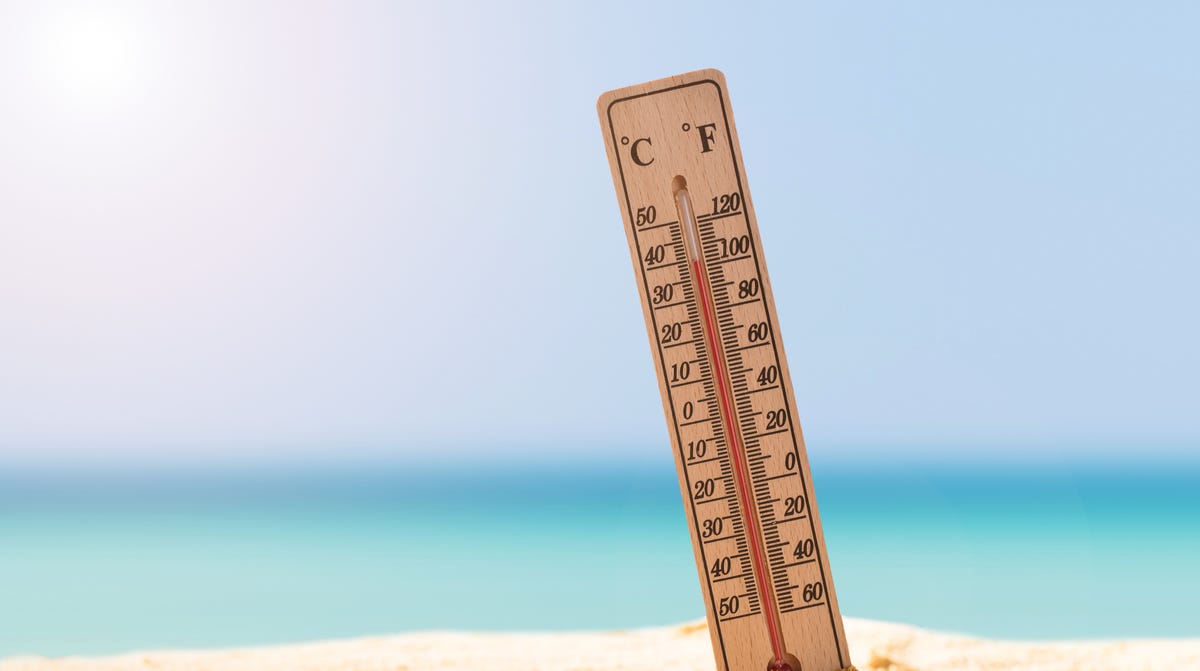Fitness
Exercise fitness; raise health span to extend your lifespan

Hey there, fellow human. Are you a little bit plump? I am a little bit plump. Maybe not so little bit anymore. This is by design, because I live in a society that values this.
It took a while to get here, and when my metabolism finally slowed down and allowed me a more generous presence in the world, my social capital also increased. Suddenly, young people started giving me the elder greeting on the street. Shopkeepers fawned harder; waiters were more indulgent. I was invited to sit while waiting at offices. Life was covered in gravy.
Sadly, I had a recent shock at my favourite pharmacy. I weighed myself — something that happens only in medical settings— and found out that I had invested a little too heavily in avoir du poids. My social pounds had me in the red zone of the body-mass index. How infuriating.
Read: EYAKUZE: We need some distraction from the likes of Elon
After years of ignoring my knee pain and glossing over how hard it was getting to go up several flights of steps, I am confronted with the need to lose weight and get fit. The only good thing about this is belonging to a cohort of fellow plump Tanzanians who have also realised that glowing fitness is the new potbelly of conspicuous consumption.
I have been reading up on ageing my whole life. It is an obvious topic, isn’t it? We are all ageing actively from the moment of birth and, honestly, I find the obsession with youth just a tad boring. But it turns out that people who are obsessed with youth — yawn — make for excellent researchers into how to age well.
The results are in: Diet and exercise lie at the core of a body that ages strong and healthy. Billions of dollars spent proving what I think we all know commonsensically. Bless.
But to be serious for a second, do you know how much strength it takes to lift an adult human? I found out the hard way during some elder care. It made me consider two things: For how long do I want to be able to do the lifting, and at what age do I want to be the liftee? In other words, what do I want my health-span to be?
A health span is so much more inviting than the notion of a lifespan. When I look at my gene pool, what looks back at me is the potential for diabetes, obesity, heart disease, high blood pressure and stroke, gout — all in individuals who maybe relaxed a little too far into their comforts in their middle years.
Read: EYAKUZE: Social media, app companies know we know they’re tracking us
Couple this with an increase in lifespan, thanks to modern medicine, and I could be facing a couple of decades of not-so-great ageing. Not ideal.
Tanzania is doing well economically so we now have lifestyle diseases, and one public health doctor obsessed with getting us to lose weight on Tanzanian Twitter. Luckily it has become cool to lift. I see you, formerly plump fellow East Africans with your glowing fitness and your fondness for marathons.
Rwanda might have started early, but we seem to be catching up. While it will be sad to lose my social capital and all the love that comes with curves, looks like it is time to invest in a healthier future. It is a fine ambition, to live long and prosper.
Elsie Eyakuze is an independent consultant and blogger for The Mikocheni Report; Email [email protected]

Fitness
Alabama’s outdoor fitness courts: making exercise more equitable

Fitness
Americans need more exercise—and should be able to tap FSA and HSA funds to pay for gyms, studios, and sports leagues

Exercise matters. In the battle against America’s rising tide of overweight and obese youth, increasing mental health concerns, and growing threat of chronic disease prevalence, the simplest prescription is movement—every step, every workout, every sport and physical activity improves physical and mental health.
What’s more, the ramifications of childhood obesity are profound, ranging from cardiovascular issues to heightened diabetes risk, as highlighted by the Government Accountability Office. With health care costs rising and cultural influences promoting sedentary lifestyles, the imperative to act has never been more urgent.
The future of our country is inextricably tied to our ability to move, and it is necessary for all of us—lawmakers, parents, educators, small business owners, employers—to embrace and support physical activity as a necessary component of health care.
The Health & Fitness Association, a trade group I lead, is this week releasing new data illustrating the economic powerhouse the health and fitness industry has become—and the vital role it plays in our economy. This first-of-its kind data demonstrates why the industry deserves a seat at the table, alongside government and health care leaders, as we continue to advance toward preventive—not prescriptive—care.
The data reveals that local health and fitness establishments collectively employ over 430,000 workers across 55,000 locations, injecting over $22 billion directly into our local and national economy while also strengthening the American middle class. Furthermore, the Health and Fitness Association also reports that across the nation some 70 million consumers regularly use industry facilities—health and fitness clubs, gyms, studios, sports and aquatic facilities, camps, and industry partners.
Empowering busy parents, educators, and students to embrace this ethos requires innovative solutions. One such solution lies in extending financial support for physical activity and equipment through flexible and health spending accounts (FSAs and HSAs), mirroring the approach taken with numerous other consumer health products.
Flexible Spending Accounts (FSAs) and Health Savings Accounts (HSAs) are tools for managing health care expenses, but they differ from traditional ones. FSAs, provided by employers, allow pre-tax contributions, but funds expire at year-end, with any remaining balance reverting to the employer. HSAs, for those with high-deductible health plans, offer tax-deductible contributions, potential growth, and rollover funds, providing flexibility and long-term savings potential.
We’re collaborating with national leaders to champion bipartisan legislation called the Personal Health Investment Today (PHIT) Act, aimed at expanding families’ access to all manner of physical activity programs and equipment, for both youth and adults alike. Under it, FSAs and HSAs could be used to pay for health club memberships, fitness equipment, exercise videos, and youth sports leagues. If passed, it would enable individuals to use up to $1,000 per year—up to $2,000 for families—to cover physical activity-related expenses.
The proposed legislation extends coverage to these expenses for employees, aligning with the model through which millions of Americans already purchase over-the-counter health products, such as cold and pain relievers. By streamlining access to these resources, we can combat the troubling statistics outlined by the Centers for Disease Control, where only a fraction of children meet the recommended levels of daily exercise and rates of obesity continue to soar, especially among communities of color.
Harnessing FSAs and HSAs for exercise initiatives is a logical extension of existing practices, given that these accounts already support a myriad of health-related services and products. Physical activity stands as a universally accessible tool for enhancing both physical and mental well-being, making its inclusion in these programs not only sensible but essential.
Additionally, expanding eligibility to encompass youth sports programs and fitness courses for adults, as proposed by the PHIT Act, makes good financial sense because millions of Americans who use FSA and HSA benefit accounts leave leftover funds in the accounts at the end of the year—funds that most consumers do not know revert to their employer.
Beyond the realms of family and youth fitness, such measures hold the potential to address broader societal challenges, including military readiness, where obesity rates have hindered recruitment in recent years.
The federal government already recognizes the importance of using federal policy and support to encourage and empower consumers to take action.
This year will be the first time physical activity expenses are eligible as qualified expenses for many HSAs when prescribed for medical necessity. This new tax treatment is a great first step for empowering employees to leverage their funds in order to combat a critical health care challenge in our society. Now is the time to fully embrace physical activity and take the investment in our country’s overall well-being to the next level. We know it can be done.
Expanding access to fitness programs through taxpayer-funded initiatives represents a commonsense approach whose time is overdue.
Every week, some 70 million consumers from ages 8 to 80 visit more than 55,000 different types of gyms, studios, and other fitness facilities because they know and experience the physical and mental health benefits of exercise. Federal policy should help expand access and encourage good habits like these—it would benefit all of us in the long run.
Let’s seize this opportunity to empower individuals of all ages to embrace a lifestyle of movement, vitality, and well-being. The future of our country—and our economic lives—depends on our ability to take bold action and embrace a sensible, scientific approach to empowering a population that is healthy, able to face today’s obstacles, and prepared for the tomorrow’s challenges.
Liz Clark is president and CEO of the Health & Fitness Association, a trade group representing health and fitness facilities, along with their partners and suppliers. She’s the first woman to head the organization in its 40-year history.
More must-read commentary:
The opinions expressed in Fortune.com commentary pieces are solely the views of their authors and do not necessarily reflect the opinions and beliefs of Fortune.
Fitness
Gainesville Health and Fitness: Dumbbell rows

GAINESVILLE, Fla. (WCJB) – If you’re looking to work out your back muscles, dumbbell rows could be a great workout for you.
On this week’s Gainesville Health and Fitness, we’ll show you how to get in position for this exercise.
RELATED: Gainesville Health and Fitness: Stress relief exercises
Click here to subscribe to our newsletter.
Copyright 2024 WCJB. All rights reserved.
-

 World1 week ago
World1 week agoRussian forces gained partial control of Donetsk's Ocheretyne town
-
Movie Reviews1 week ago
Challengers Movie Review
-

 Politics1 week ago
Politics1 week agoDems disagree on whether party has antisemitism problem
-

 Politics1 week ago
Politics1 week agoWashington chooses its wars; Ukraine and Israel have made the cut despite opposition on right and left
-

 Politics1 week ago
Politics1 week agoHouse Republicans brace for spring legislative sprint with one less GOP vote
-

 World1 week ago
World1 week agoAt least four dead in US after dozens of tornadoes rip through Oklahoma
-

 Politics1 week ago
Politics1 week agoAnti-Trump DA's no-show at debate leaves challenger facing off against empty podium
-

 Politics1 week ago
Politics1 week agoStefanik hits special counsel Jack Smith with ethics complaint, accuses him of election meddling



















